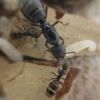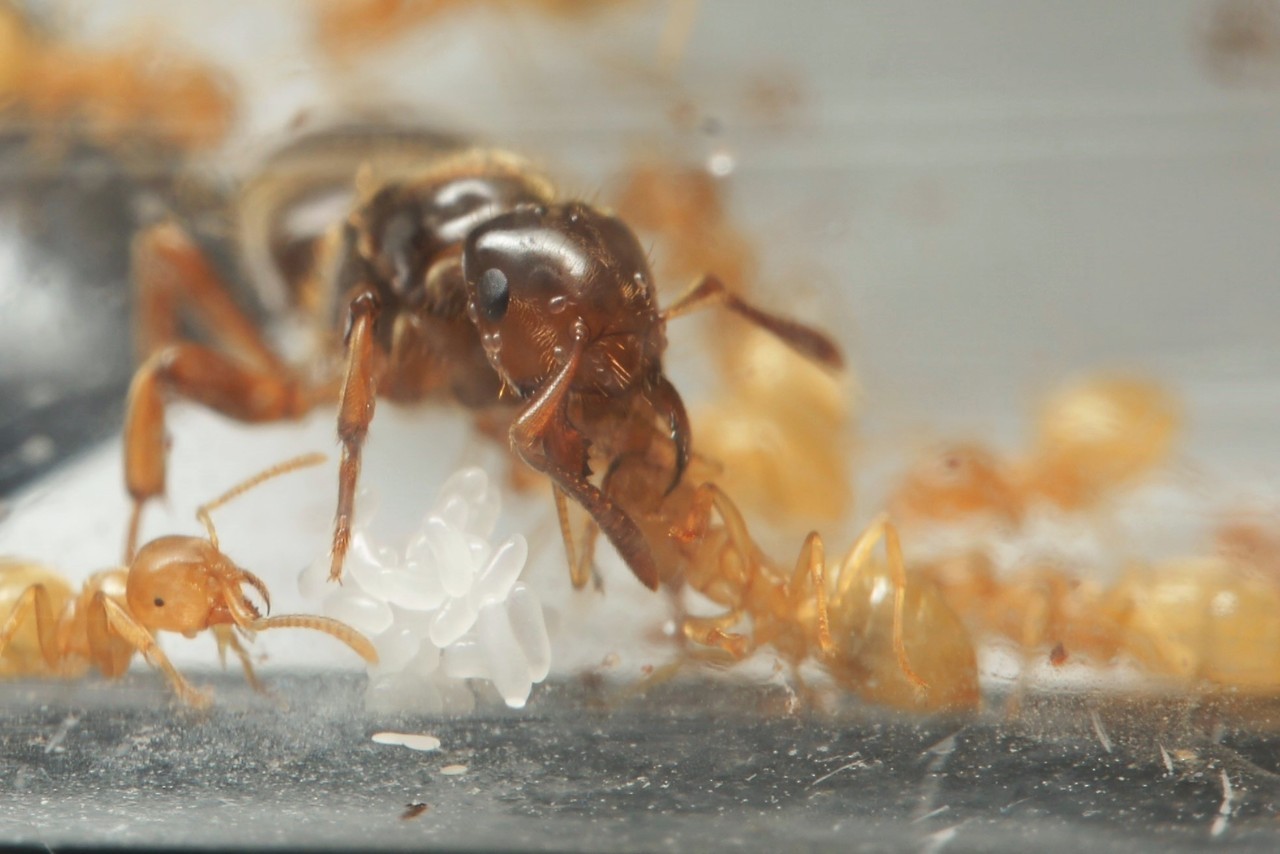Two of my Vicinus queens have a large number of parasites. They're still in their founding stages, with nanitics to arrive soon. The parasites are tiny, remain stationary, are attached to antennae, legs, head, and abdomen.
It was suggested to cool the queen and simply knock the parasites off. I attempted this, but learned they are difficult to dislodge. I am patient, but after repeated forceful attempts, I only managed to knock one lose, it simply moved and latched on to another location. The force to remove the parasite had me concerned i would cause severe injury to the queen so i stopped.
I tried lemon slices, leaving them in the test tube and even rubbed lemon juice all over one queen with no effect. The parasites are smooth, remain latched on like a tick. They do not swell, remaining the same size over the month I have had the queens. They are not like mites i've observed on other insects that are easy to knock off and appear mobile.
I don't have a good enough camera to even attempt a picture. Here is a close resemblance from an online search. Any tips on how to solve this issue would be appreciated.
https://www.bing.com...ex=6&ajaxhist=0















